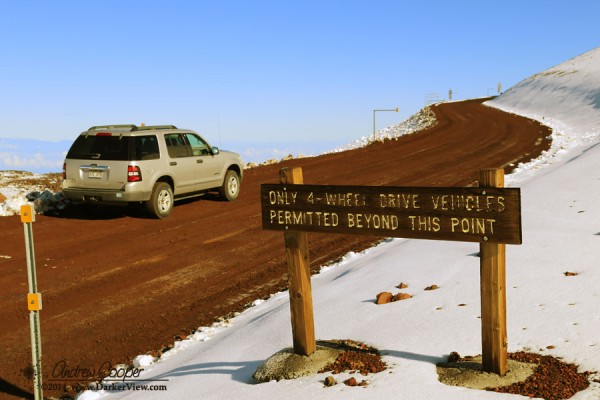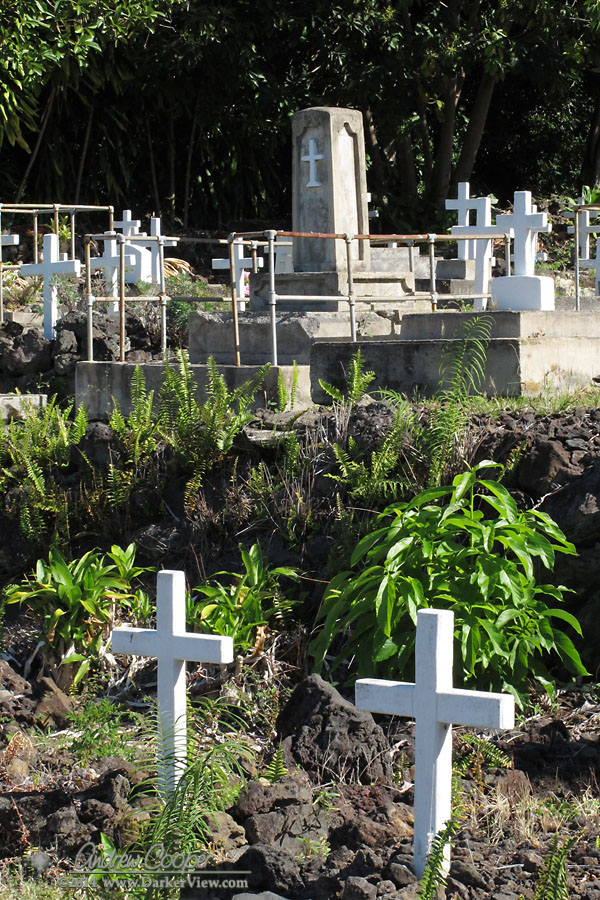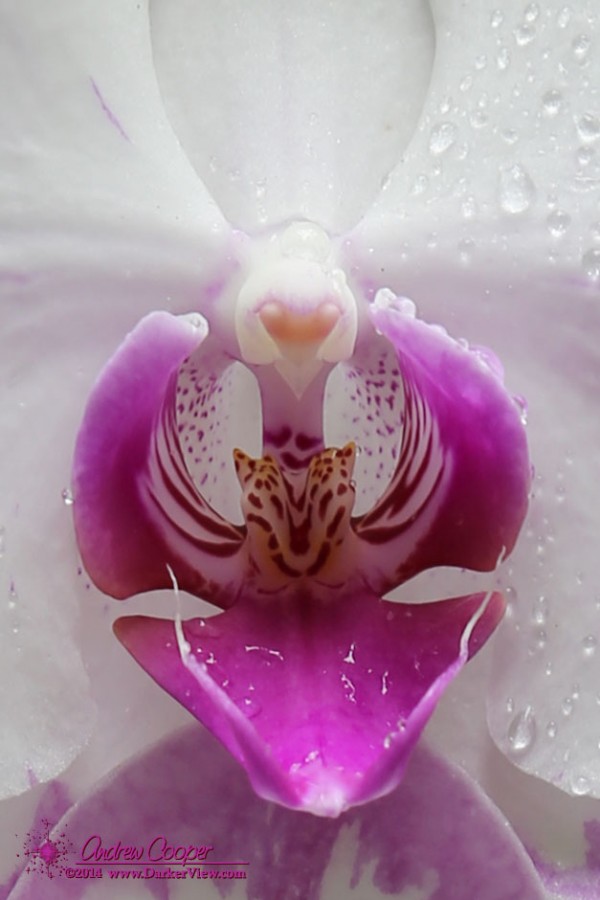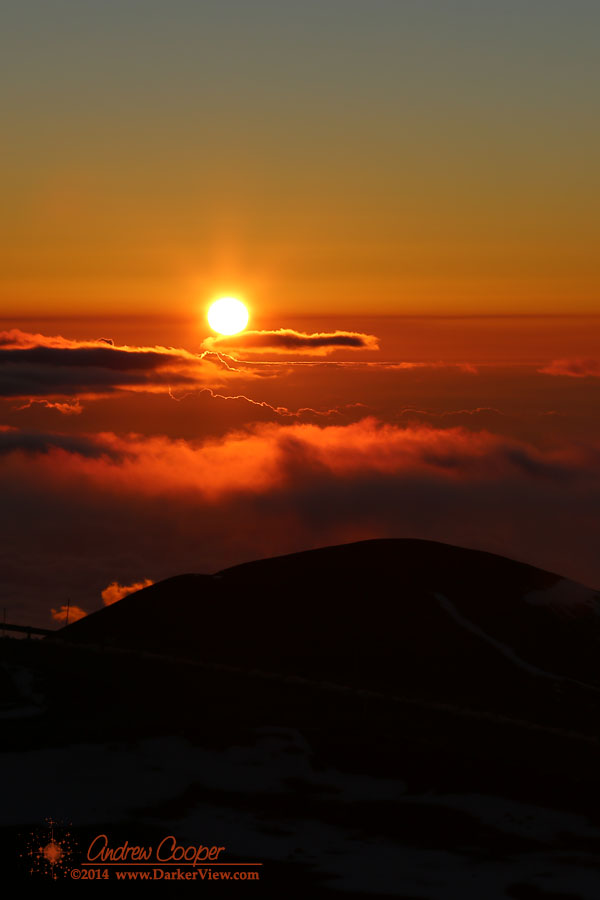
Category: Hawai’i
Exploring the islands
Postcard from Hawai’i – Star
A Bit of Snow
Whittington County Beach Park
A picture postcard perfect setting… Brilliant blue water, waves crashing on black rock, palm trees overhead, the old pier jutting out from shore. Whittington Park is a beautiful stop along the Mamalahoa Highway as you round the south end of the island.

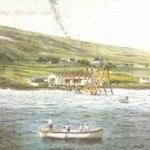
A large pond and wetlands sit alongside the mown lawn at the center of the park. Once maintained as a fishpond by ancient Hawaiians it is now a rich marsh. The park encompasses over half a mile of shoreline and over two hundred acres of land. There is plenty to explore along the shore north of the main park. Numerous archeological sites scattered across the low coastal plain testify to the centuries of use, from a large pre-contact village, to the plantation operations of the 19th and 20th centuries.
It is a pretty park with decent facilities. Camping is available here with a permit that can be purchased online. Stop by and enjoy the scenery and have lunch. Much of the time this beautiful park sits empty, the isolation of this coastline exemplified.
Keck and Zodiacal Light
The Back Road to Keck
Postcard from Hawai’i – Graveyard
Postcard from Hawaiʻi – Orchid
Goat House Lava Tube
It is not really called Goat House. It is just that I have never heard another name, Goat House is what I have named the cave considering the lack of any better designation. The tube is no great secret, its existence is well known to longtime residents.
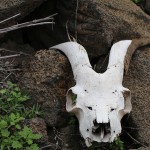
This tube is found several miles out the power line road just above the village. The road starts across from the stables and heads straight south. There are side roads that go left and right, just go straight to the cave.
Along the way you find the mauka fence of the Waikoloa Dry Forest Initiative restoration effort. This fence keeps the goats out of a 275 acre area in an effort to preserve native trees like the Wiliwili. With some success it appears, the trees look pretty good. The wiliwili are strikingly beautiful trees, I am happy to see them thriving here.




